Recipe: Tom Aikens's roast leg of lamb
The arrival of Spring is an grand time of year for all those who love fresh, seasonal food, with the arrival of all the delicious young vegetables and salads. Tom Aikens shares his recipe for roast lamb.


For chefs, this is the most exciting time of year. The arrival of all the delicious young vegetables and salads means we can get down to seriously good eating and great spring food. It’s fun for me to see how I can tempt my customers in new ways, but, of course, their tastes can change what I decide to put on the menu. I do try to have a broad selection to cover all the possibilities of vegetarians, strict fish eaters and so on. We won’t even refuse a customer who wishes to have his meat well done’!
I for one don’t like to be told what to eat and how, so to create a new menu can be tricky. But there are a few simple rules I follow, and after that, imagination and creativity take over. For the starters, for example, I’ll choose two meat, two fish, two veg and then perhaps a mixed meat and fish combination.
Then, I’ll look at what’s in season and what would go with what in terms of the vegetables, meat or fish. I can then play with the ideas in my head and draw how the dish could look.
Finally, I cook it: sometimes it’s perfect straight away, and other times I need to tweak it until I’m completely happy. Over the course of the year, I change the menu every three to four months, with the seasons.
Find out more about Tom’s food and restaurants at www.tomaikens.co.uk
Tom Aikens' recipe for roast leg of lamb
Ingredients
- 1 leg of lamb (3kg in weight) with bone in
- 2 bulbs garlic, peeled
- 1 small bunch rosemary
- 2g natural sea salt
- 200ml olive oil
- 3 peeled onions
- 5 peeled carrots
- 500ml white chicken stock
Method
Make about 20 small incisions all over the leg of lamb. Take the bulbs of garlic, cut about 10 of the cloves in half, and insert them into the small holes. Then, take the rosemary and break off little pieces to insert into the remaining holes. Smear it all with a little olive oil and then the sea salt. Place this on a wire rack in a roasting tray and keep out of the fridge for about an hour before roasting. If you take a large piece of meat straight from the fridge to roast, it won’t cook evenly, because the inside will have to warm up before it even starts to cook. The meat will also be more relaxed if it’s already at room temperature, and should be much more tender once it’s been rested after cooking.
Cut the carrots in half, length-ways, and the onions into 1in pieces. Put these into the bottom of the roasting tray with the rest of the olive oil, garlic and a few rosemary leaves. Put the leg of lamb into the oven at 180˚C for 10-15 minutes (to brown the meat), then turn the oven down to 160˚C. This will also help to keep the meat tender, as you won’t be roasting the meat too fiercely. It should take approximately 1½ hours to cook.
Sign up for the Country Life Newsletter
Exquisite houses, the beauty of Nature, and how to get the most from your life, straight to your inbox.
The best way to tell if the meat is cooked is by inserting a roasting fork into the centre of the meat, and then lightly touching the fork onto your upper lip. It should be a little hotter than your own body temperature (37˚C). So, for medium rare, cook the lamb to 58˚C; medium would be about 65˚C. If you want to cook the lamb all the way through until it’s well done’, it will need about 2½ hours in the oven.
When it’s ready, remove the lamb from the oven, then leave it to rest on a warmed serving plate for 10-15 minutes.
While it’s resting, you can make the gravy. Place the whole roasting tray onto the heat and then re-colour the vegetables. Add the chicken stock, bring this to a simmer, and season with salt and pepper.
Put ½tsp of cornflour in a little container and add 1tbsp of cold water. Whisk this into the gravy. Simmer it for a few minutes, then pass it through a fine sieve into a clean pan. Press the vegetables really well for maximum flavour.
This recipe was first published in Country Life in 2014.

Credit: Alamy Stock Photo
Curious Questions: Why do we eat hot cross buns at Easter?
Annunciata Elwes traces the curious history of the hot cross bun in Britain.
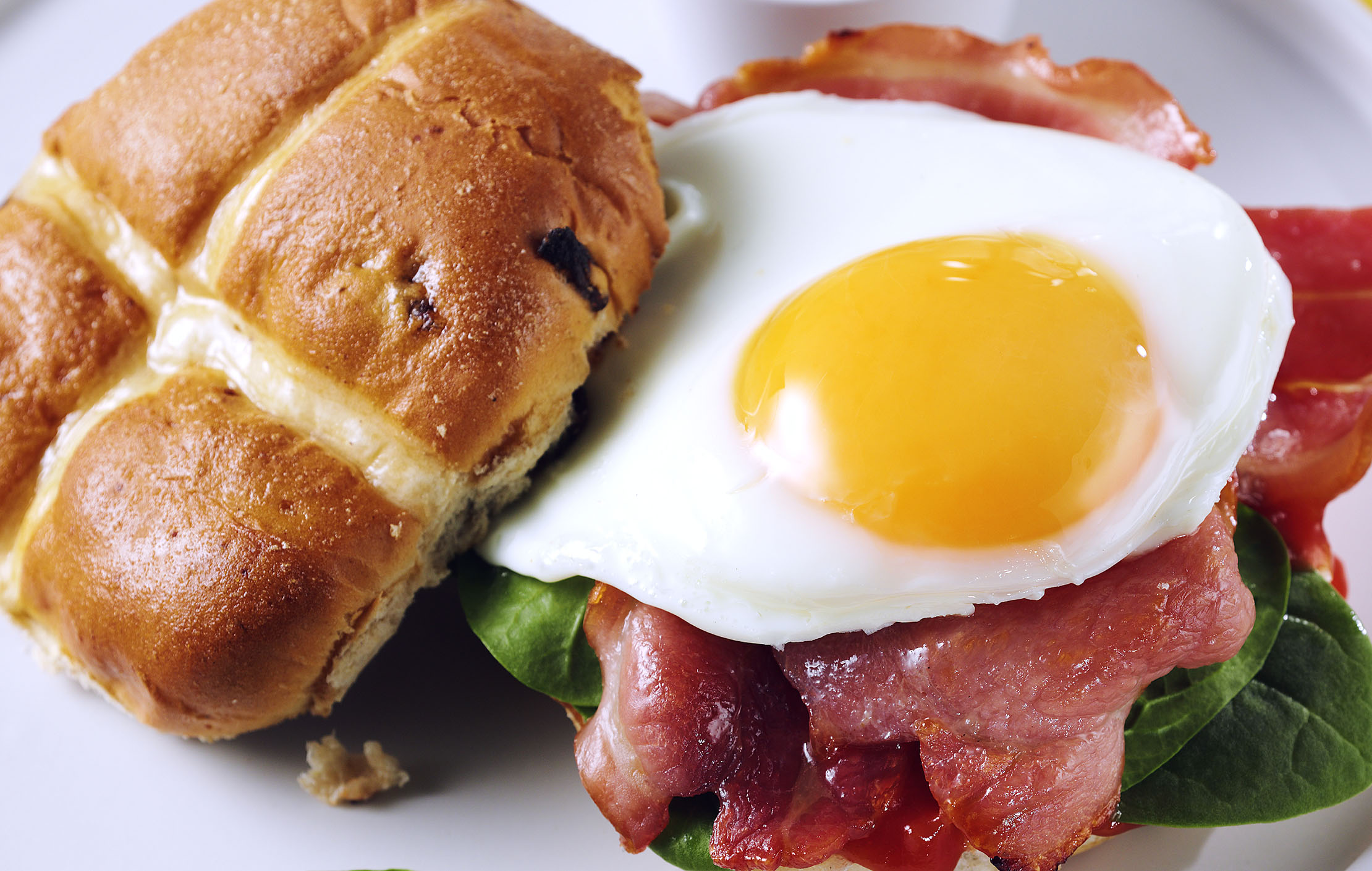
A hot cross bun recipe that will be even more divisive than the whole Brexit thing
Eggs, bacon, ketchup and hot cross buns in one recipe? It's either a sure sign of the apocalypse or else
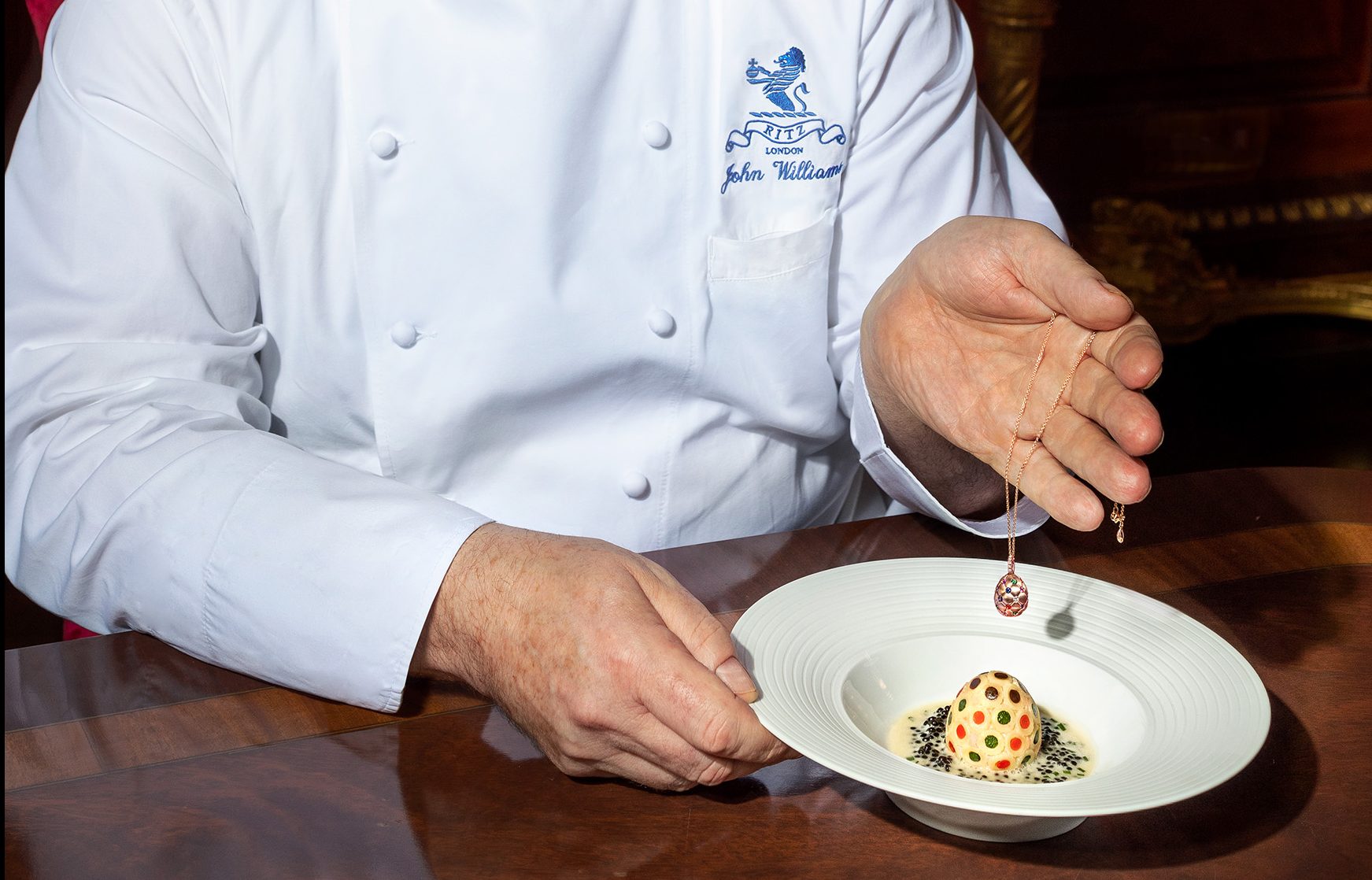
Credit: Daniel Herendi
The Utterly Inessential Easter List: Bunny headphones, a terrific toothbrush and eggs, from scotch to cheese to (of course) chocolate
What ho! It's time for our regularly scheduled decadence to receive its regularly scheduled seasonal edit. This week we're considering
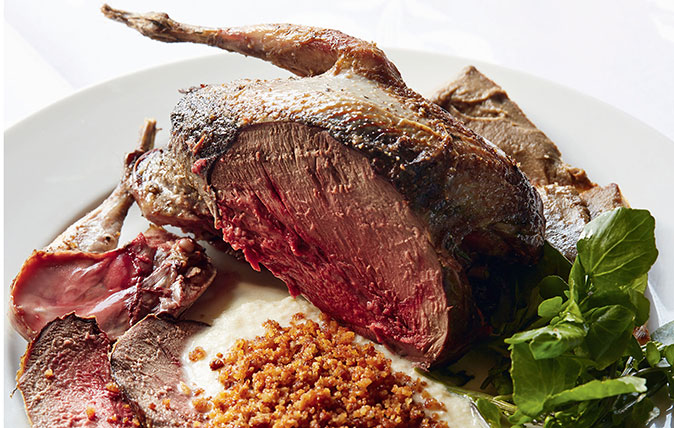
Credit: Simon Hopkinson's roast grouse recipe (Picture by Jason Lowe)
Recipe: Simon Hopkinson’s perfect roast grouse
Try a fail-safe recipe for perfect roast grouse this August.
Country Life is unlike any other magazine: the only glossy weekly on the newsstand and the only magazine that has been guest-edited by HRH The King not once, but twice. It is a celebration of modern rural life and all its diverse joys and pleasures — that was first published in Queen Victoria's Diamond Jubilee year. Our eclectic mixture of witty and informative content — from the most up-to-date property news and commentary and a coveted glimpse inside some of the UK's best houses and gardens, to gardening, the arts and interior design, written by experts in their field — still cannot be found in print or online, anywhere else.
-
 Why British designers dream up the most desirable hotels
Why British designers dream up the most desirable hotelsWhen it comes to hotel design, the Brits do it best, says Giles Kime.
By Giles Kime Published
-
 The five minute guide to 'The Great Gatsby', a century on from its publication
The five minute guide to 'The Great Gatsby', a century on from its publication'The Great Gatsby' sold poorly the year it was published, but, in the following century, it went on to become a cornerstone of world literature.
By Carla Passino Published
-
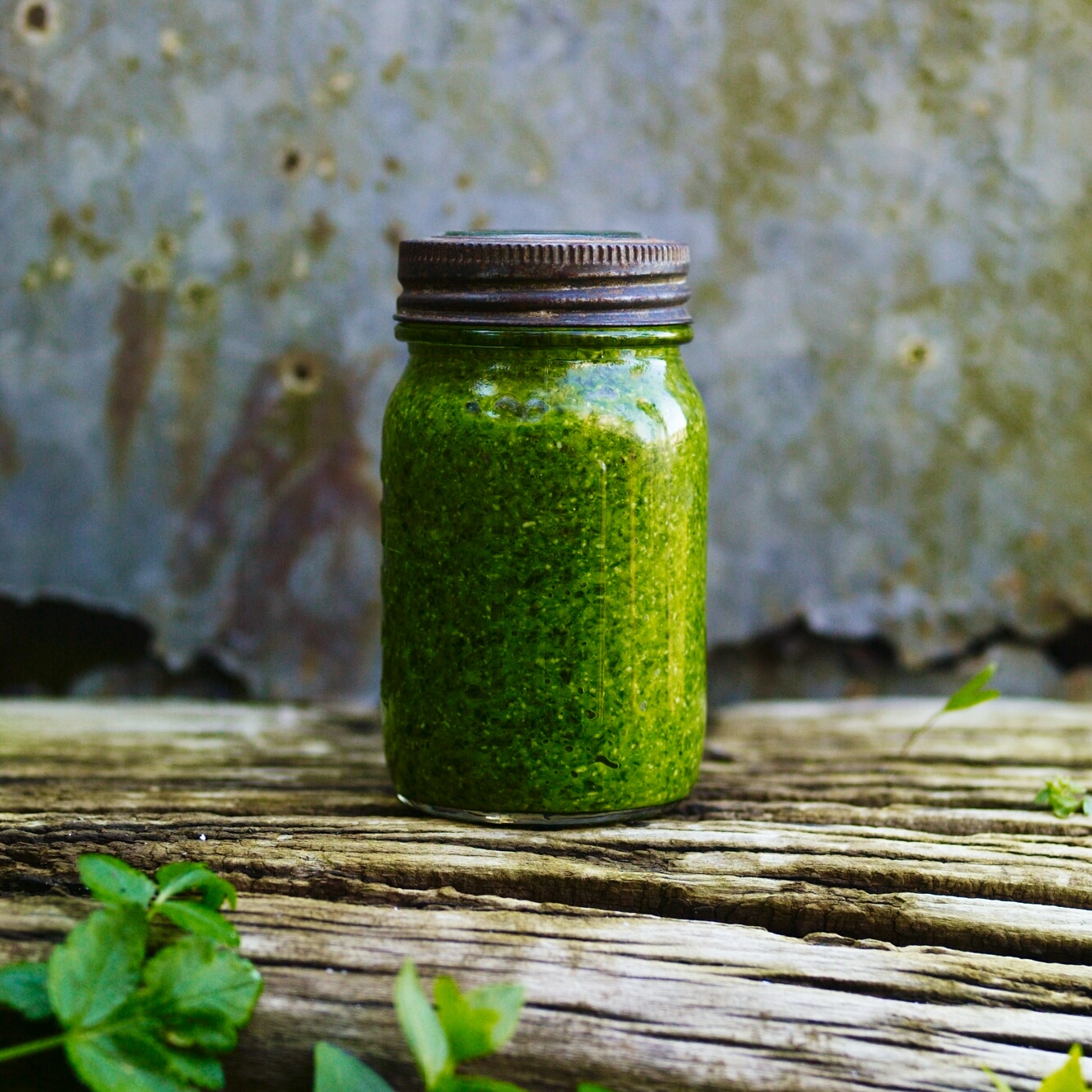 Gill Meller's recipe for wild garlic pesto
Gill Meller's recipe for wild garlic pestoThe appearance of wild garlic is a sure sign that spring is on the way. Make the most of it with this quick and easy recipe for 'intense' pesto.
By Gill Meller Published
-
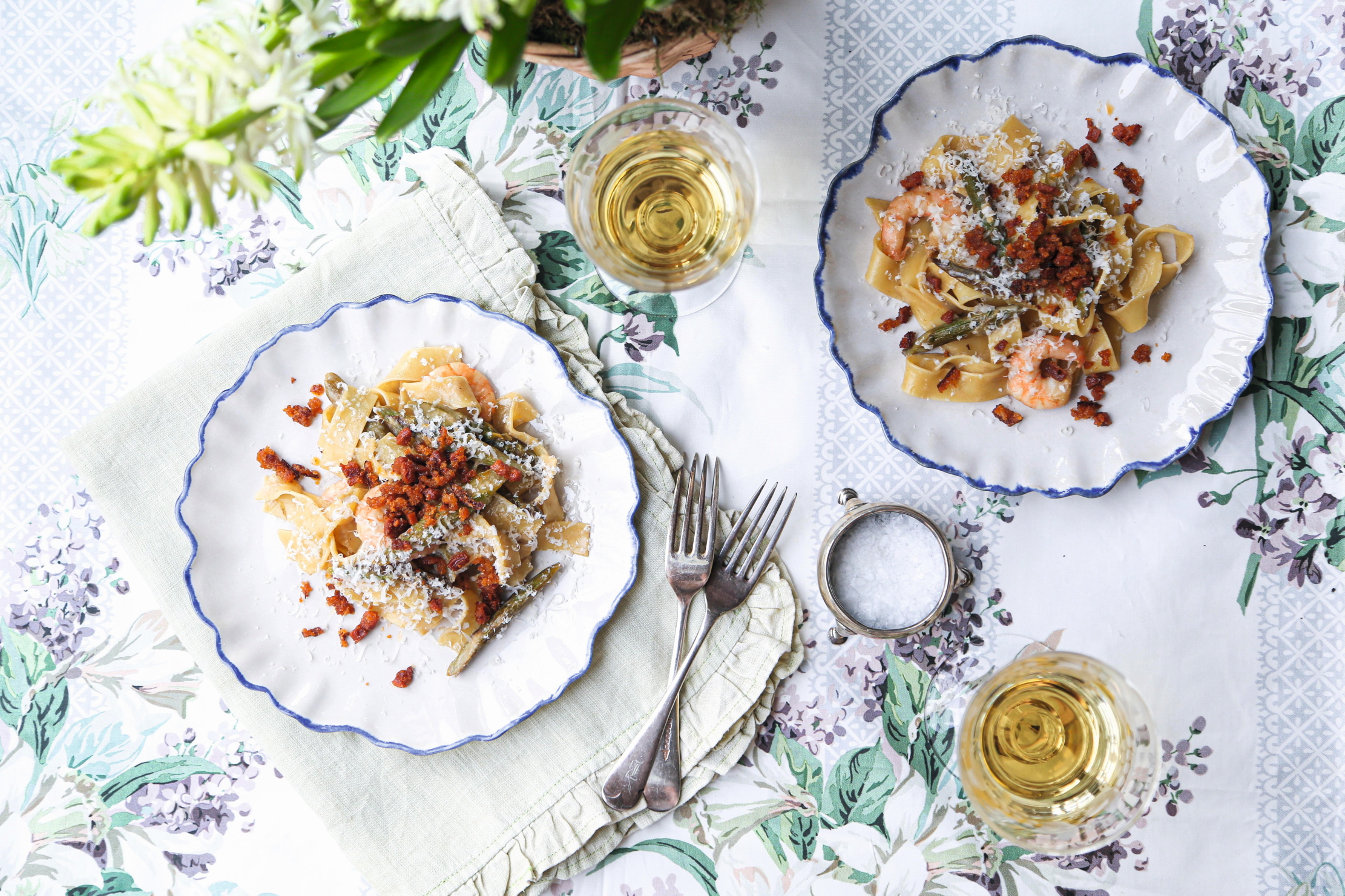 Asparagus and prawn pappardelle with chorizo that sings of Spring
Asparagus and prawn pappardelle with chorizo that sings of SpringThis recipe comes with 'a flavour punch you don't want to miss'
By Melanie Johnson Published
-
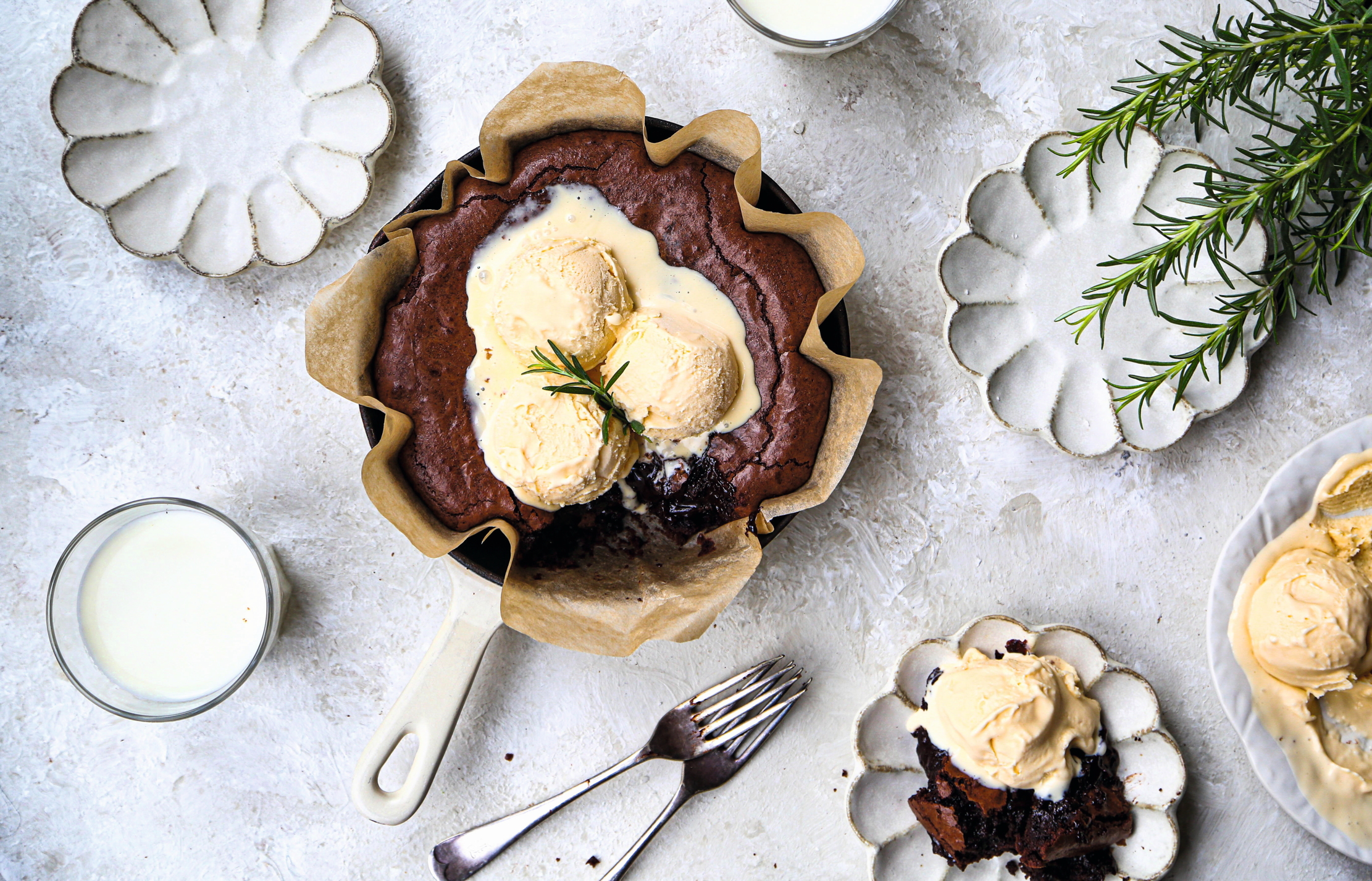 Delicious herbs and ices: rosemary ice cream with chocolate brownie
Delicious herbs and ices: rosemary ice cream with chocolate brownieThis immensely popular and versatile herb is easily grown in the garden, and pairs with anything from ice cream to chicken.
By Melanie Johnson Published
-
 How to make rack of lamb with harissa, asparagus and garlic-and-almond sourdough crumbs
How to make rack of lamb with harissa, asparagus and garlic-and-almond sourdough crumbsNow's the time to enjoy British-grown asparagus.
By Melanie Johnson Published
-
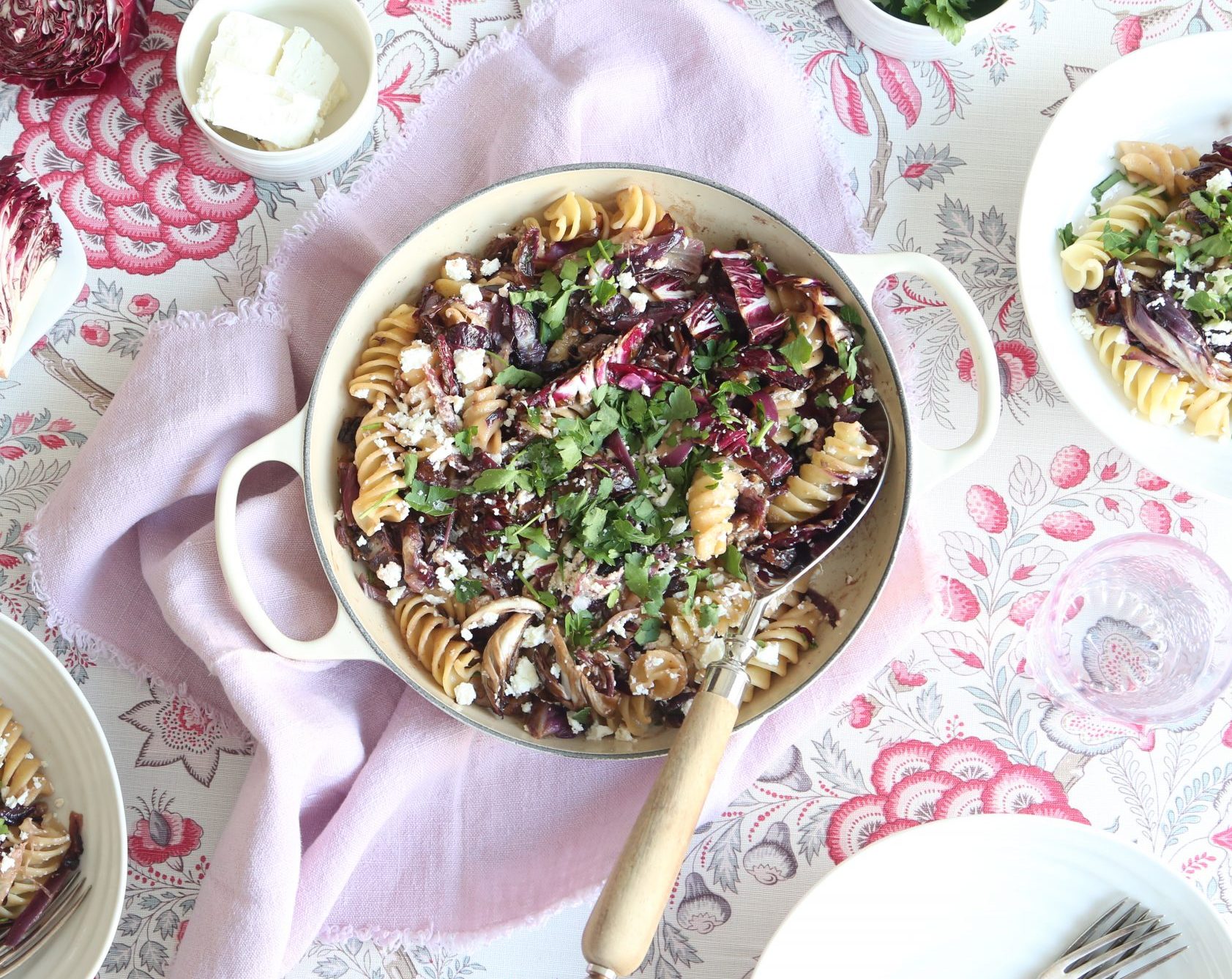 How to make pasta with radicchio, pear, walnut and feta
How to make pasta with radicchio, pear, walnut and fetaRadicchio's bitter leaves add interesting flavours to this spring pasta dish.
By Melanie Johnson Published
-
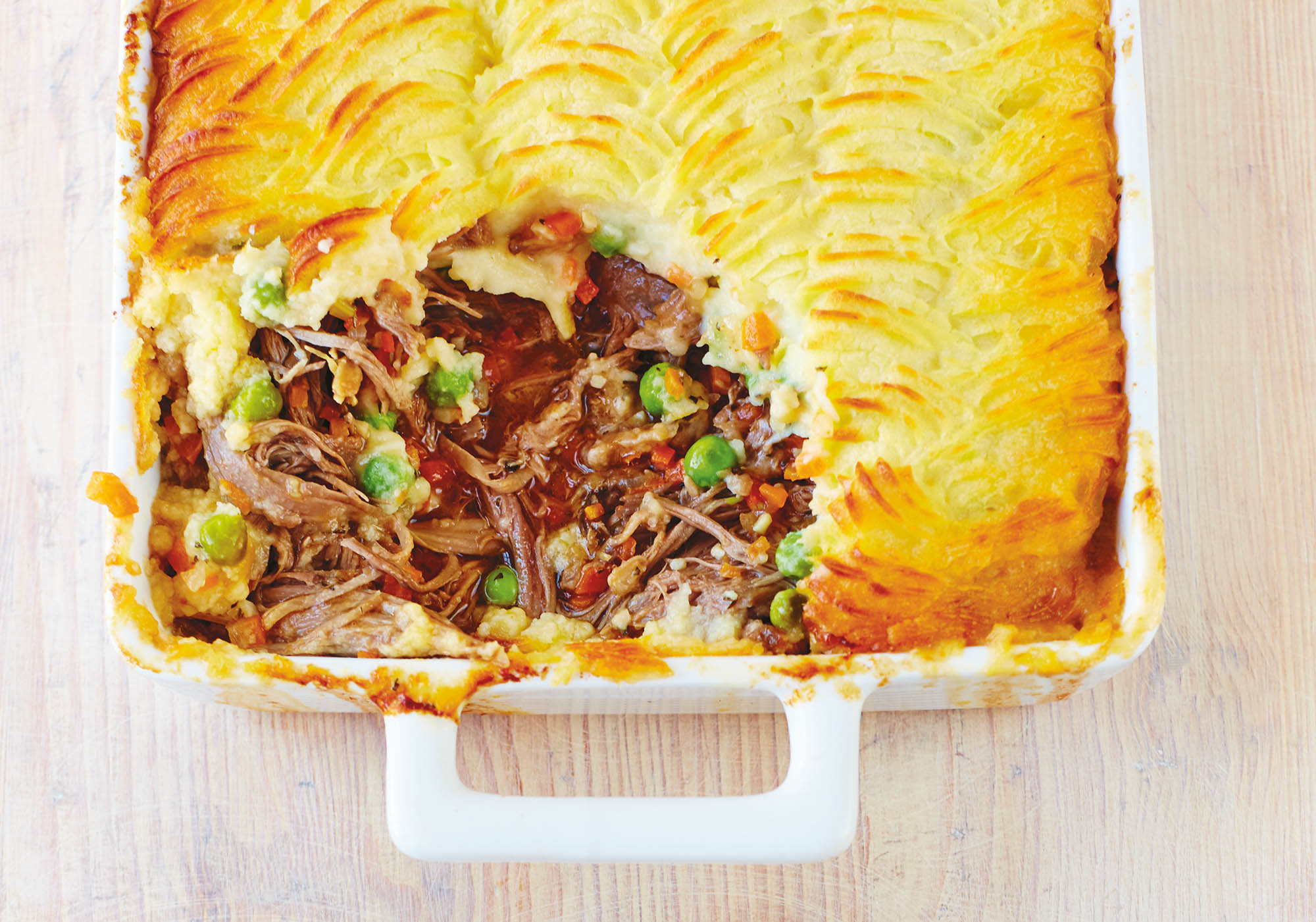 An unbeatable shoulder-of-lamb shepherd's pie recipe ideal for Easter, as dreamed up by the chefs at Fortnum & Mason
An unbeatable shoulder-of-lamb shepherd's pie recipe ideal for Easter, as dreamed up by the chefs at Fortnum & MasonIf you're looking for a dish that mixes show-stopper with comfort food, this is just ideal.
By Country Life Published
-
 The ultimate 'posh' rhubarb and custard? How to make rhubarb, raspberry and thyme mille-feuille
The ultimate 'posh' rhubarb and custard? How to make rhubarb, raspberry and thyme mille-feuilleHere's how to elevate simple rhubarb and custard to something rather smart.
By Melanie Johnson Published
-
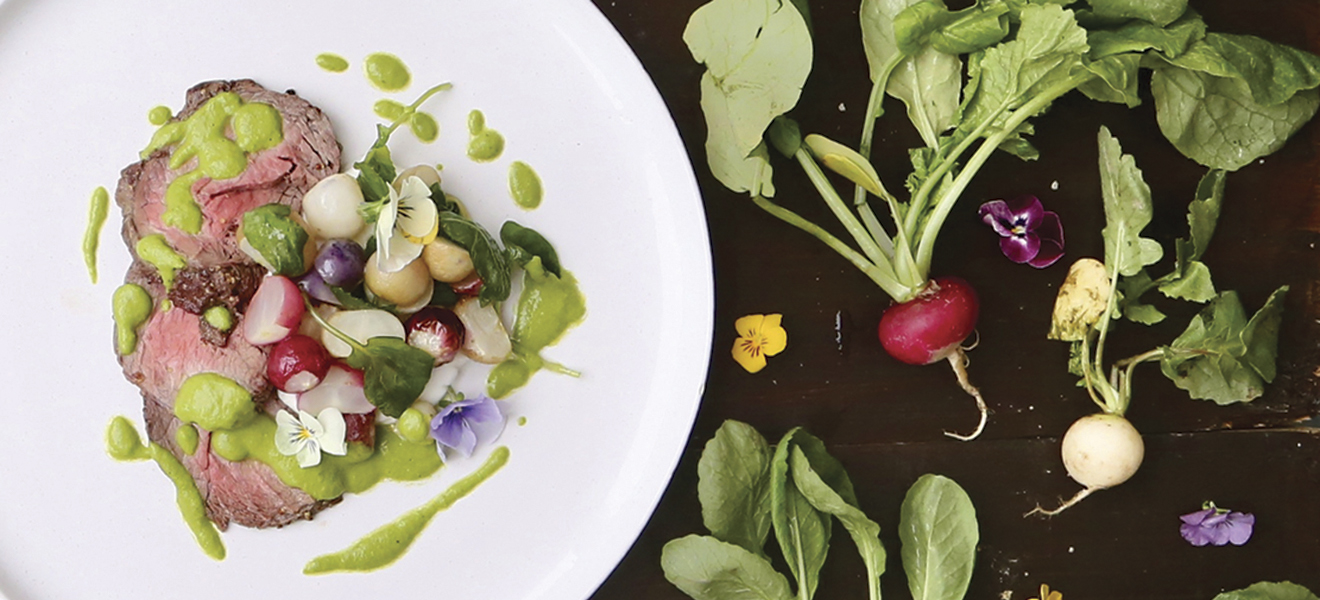 Thinly sliced beef with roasted radishes and radish-top pesto
Thinly sliced beef with roasted radishes and radish-top pestoOur kitchen garden cook gets creative with radishes for this week's recipe.
By Melanie Johnson Published